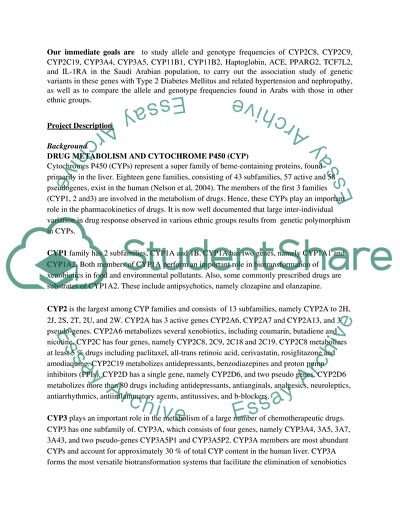Cite this document
(“Studies On Genetic Polymorphism Of Drug Metabolizing Enzymes And Other Essay”, n.d.)
Retrieved from https://studentshare.org/biology/1465584-studies-on-genetic-polymorphism-of-drug
Retrieved from https://studentshare.org/biology/1465584-studies-on-genetic-polymorphism-of-drug
(Studies On Genetic Polymorphism Of Drug Metabolizing Enzymes And Other Essay)
https://studentshare.org/biology/1465584-studies-on-genetic-polymorphism-of-drug.
https://studentshare.org/biology/1465584-studies-on-genetic-polymorphism-of-drug.
“Studies On Genetic Polymorphism Of Drug Metabolizing Enzymes And Other Essay”, n.d. https://studentshare.org/biology/1465584-studies-on-genetic-polymorphism-of-drug.


